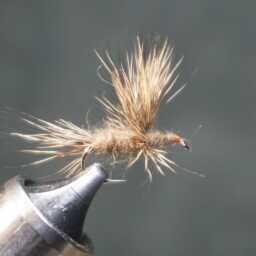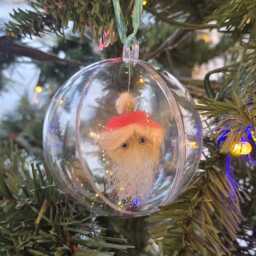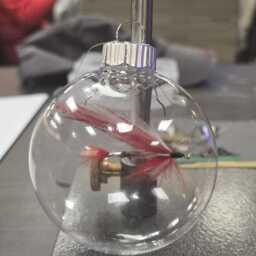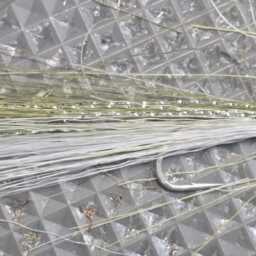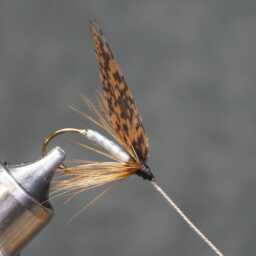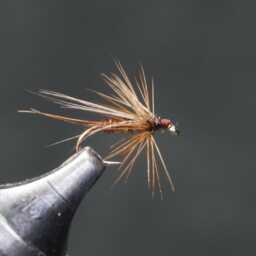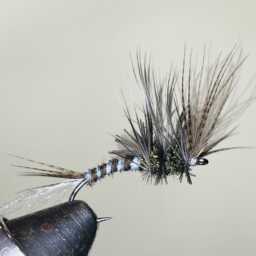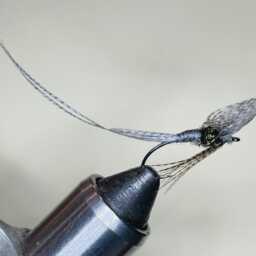The breast feathers, or flats, of a turkey, are often overlooked in fly tying, yet they offer a variety of uses that can enhance your fly patterns. Traditionally, these feathers are employed to create posts for parachute patterns and divided wings for Catskill-style flies. While pen-raised, white bird feathers are commonly used for these purposes and can be dyed in various colors, wild turkey flats can also serve these functions. However, wild turkey flats may render the fly less visible on the water, which can be advantageous when a more subtle pattern is needed for selective trout.
Additionally, turkey flats can occasionally be used as a substitute for peacock herl. Although they lack the same fibrous texture as peacock feathers, their iridescent colors can add a desirable shine or pop to your fly.
Turkey flats are versatile in their applications. They are frequently used for wings on thorax-style or parachute dry flies and can replace duck quills for wing posts. For example, a parachute pattern with a turkey T-base post offers durability and lightweight performance without adding bulk. They can also be substituted for calf body hair in Royal Wulffs.
When it comes to visibility, pink turkey flats can be used to make flies that are easy to spot on the water, whereas wild turkey flats can create a less visible pattern, which can be particularly useful for challenging trout. Conventional thorax flies also utilize turkey flats for wings. The feather’s flat top contributes to its name and results in a wing with tips that mirror the flat nature of the feather itself.
« Back to Glossary Index

